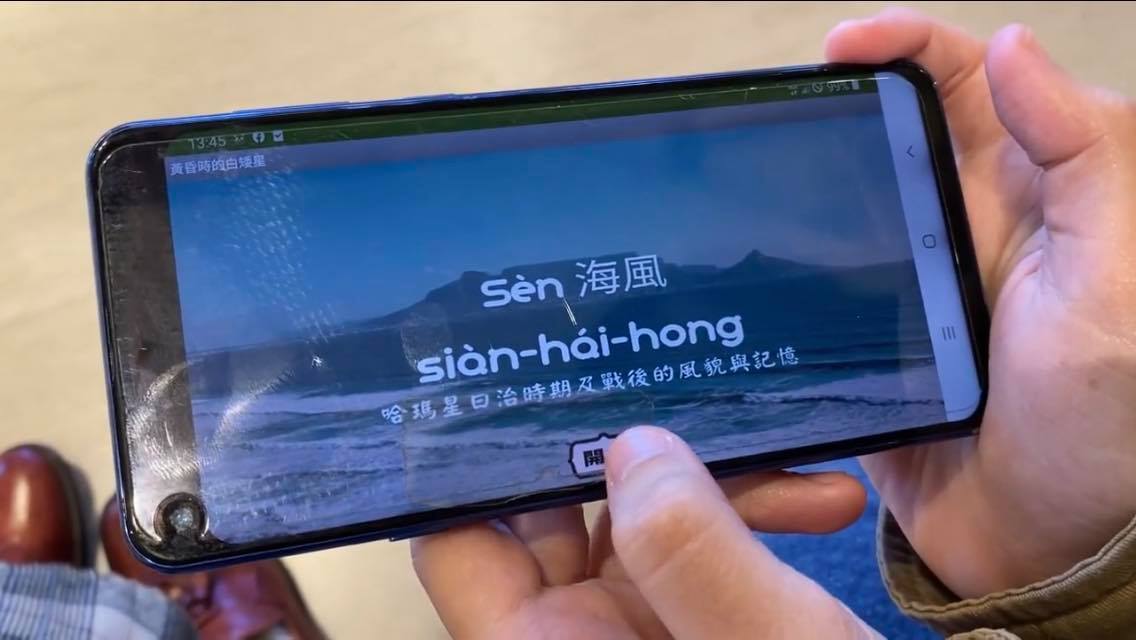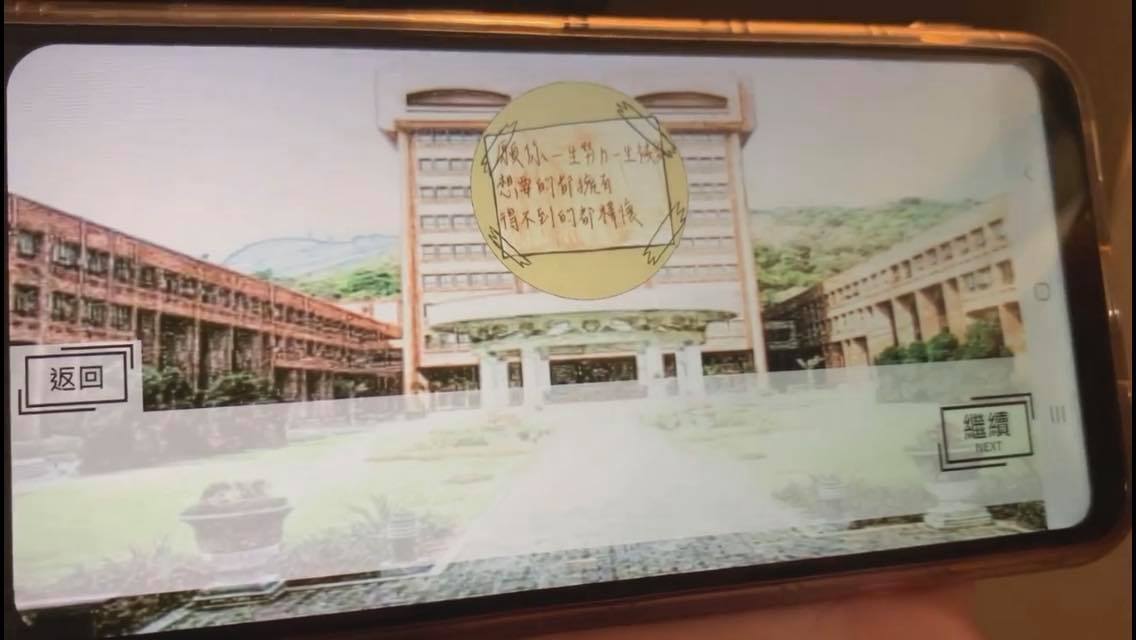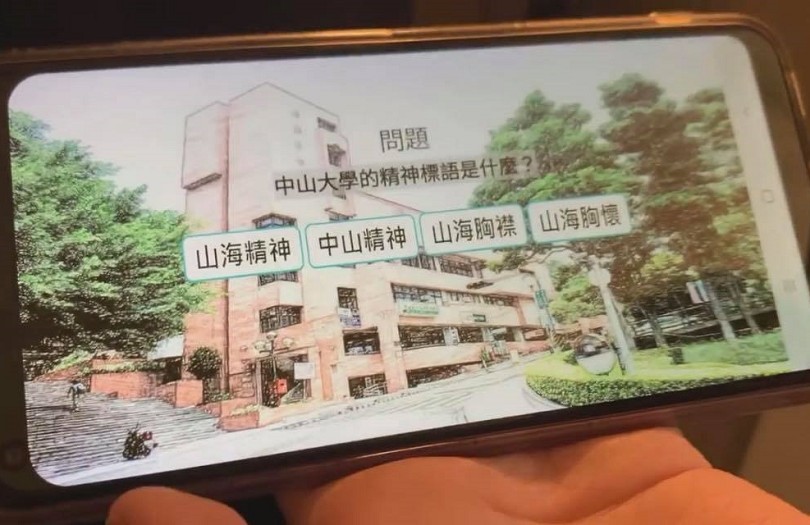View count:
5680
Courses
1. CLASSICAL CULTURE AND MODERN LIFE
The course emphasizes the modern interpretation and active thinking about classical culture. Through reading ancient and modern works, students can create new perspectives and apply those ideas in their daily lives. Students can have a more thorough understanding of ancient culture and utilize classical culture resources. Furthermore, they can learn about how to respond to contemporary life by integrating the wisdom of the past. The essence of classical culture is revitalized with the professors’ joint teaching effort.
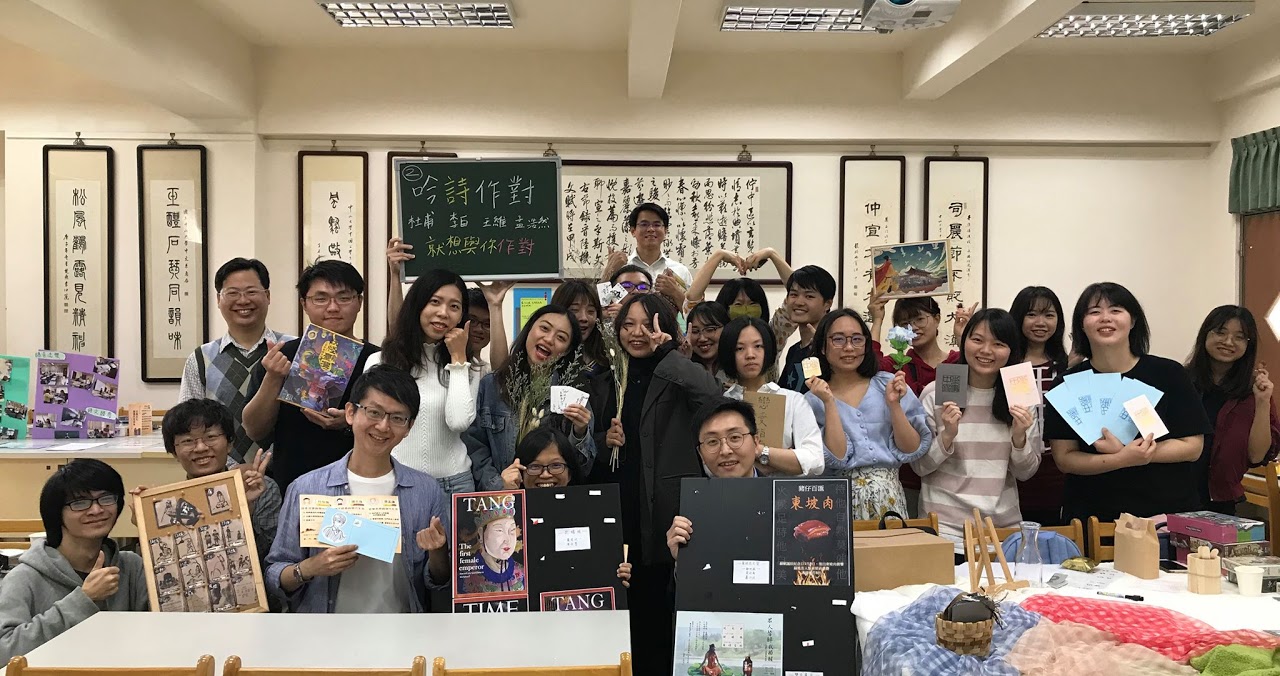
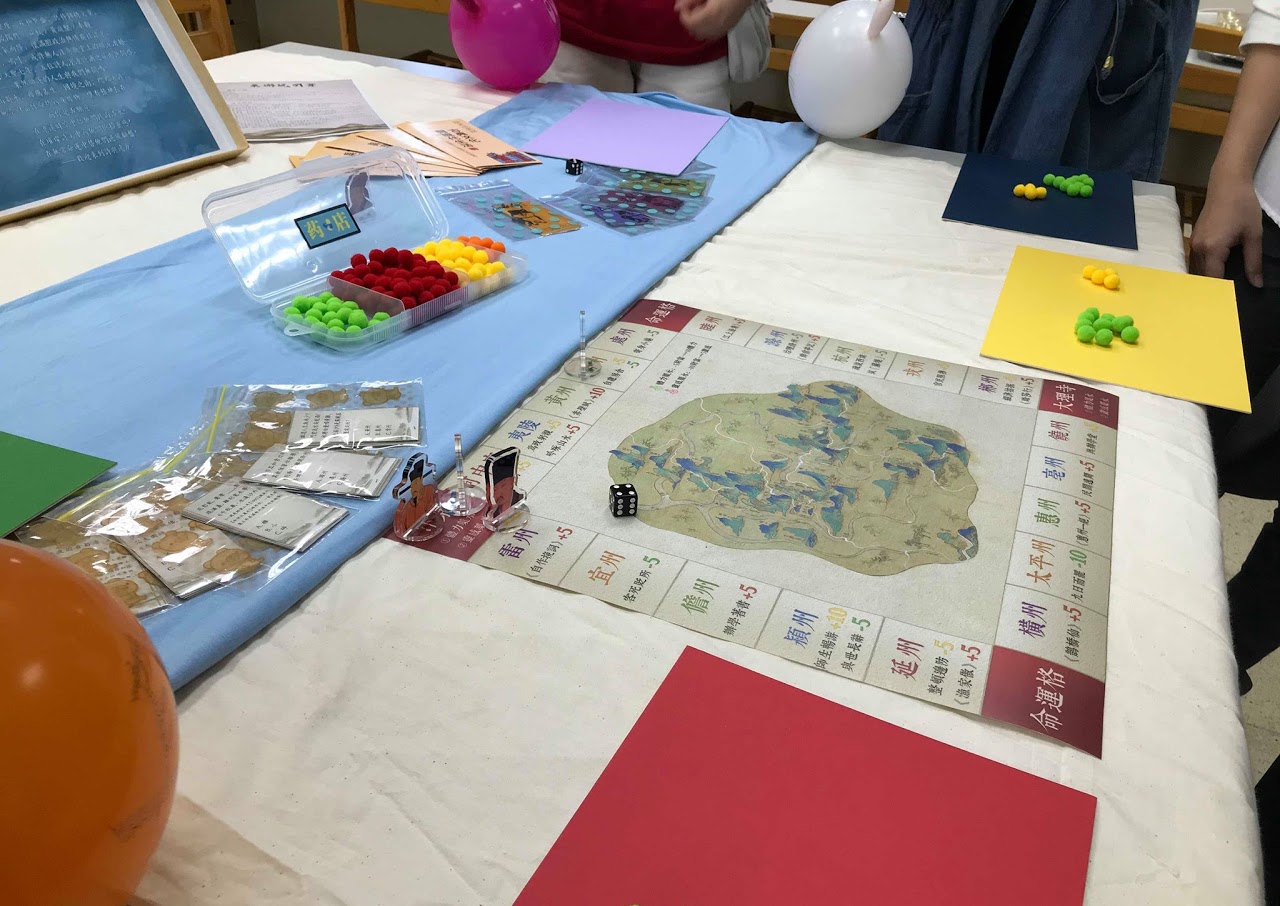
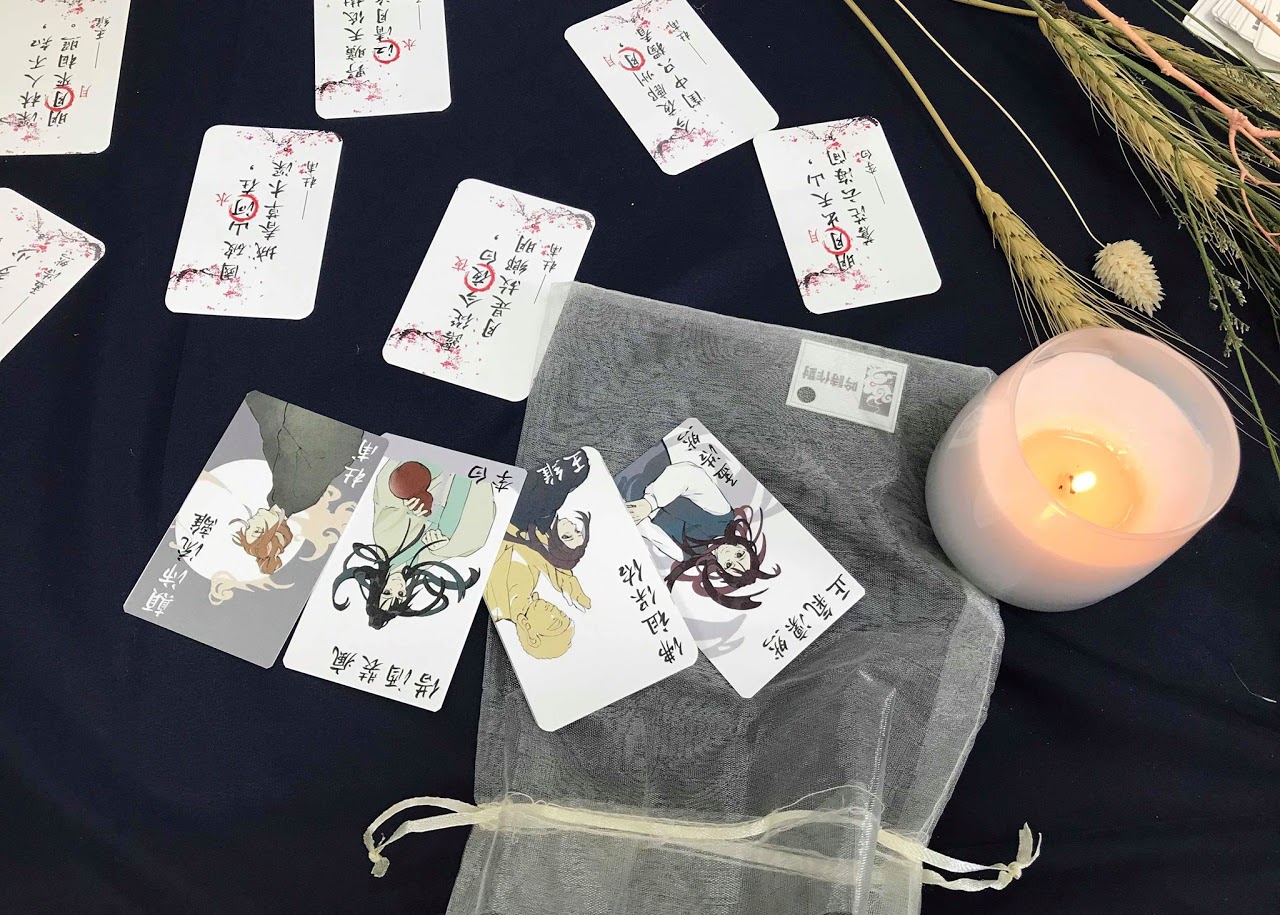
2. LITERARY READING AND LIFE WRITING
The design of this course is based on the concept of “literature in living, living in literature.” It focuses on “deep reading” and “the actualization of writing.” “Deep reading” indicates that students can explore the core structure and the meaning of literary work and can connect with their life experience through reading. On the other hand, “the actualization of writing” means students can express their emotions and thoughts clearly and truly through writing.
Starting with profound reading, it triggers the students’ feelings and questions about life; it helps them think from different angles and provides feedback to stimulate the writing. Furthermore, students can express personal ideas in a structured and effective way.
107-2 Student Learning Outcome: Change: The Beauty and Sorrow of Kaohsiung
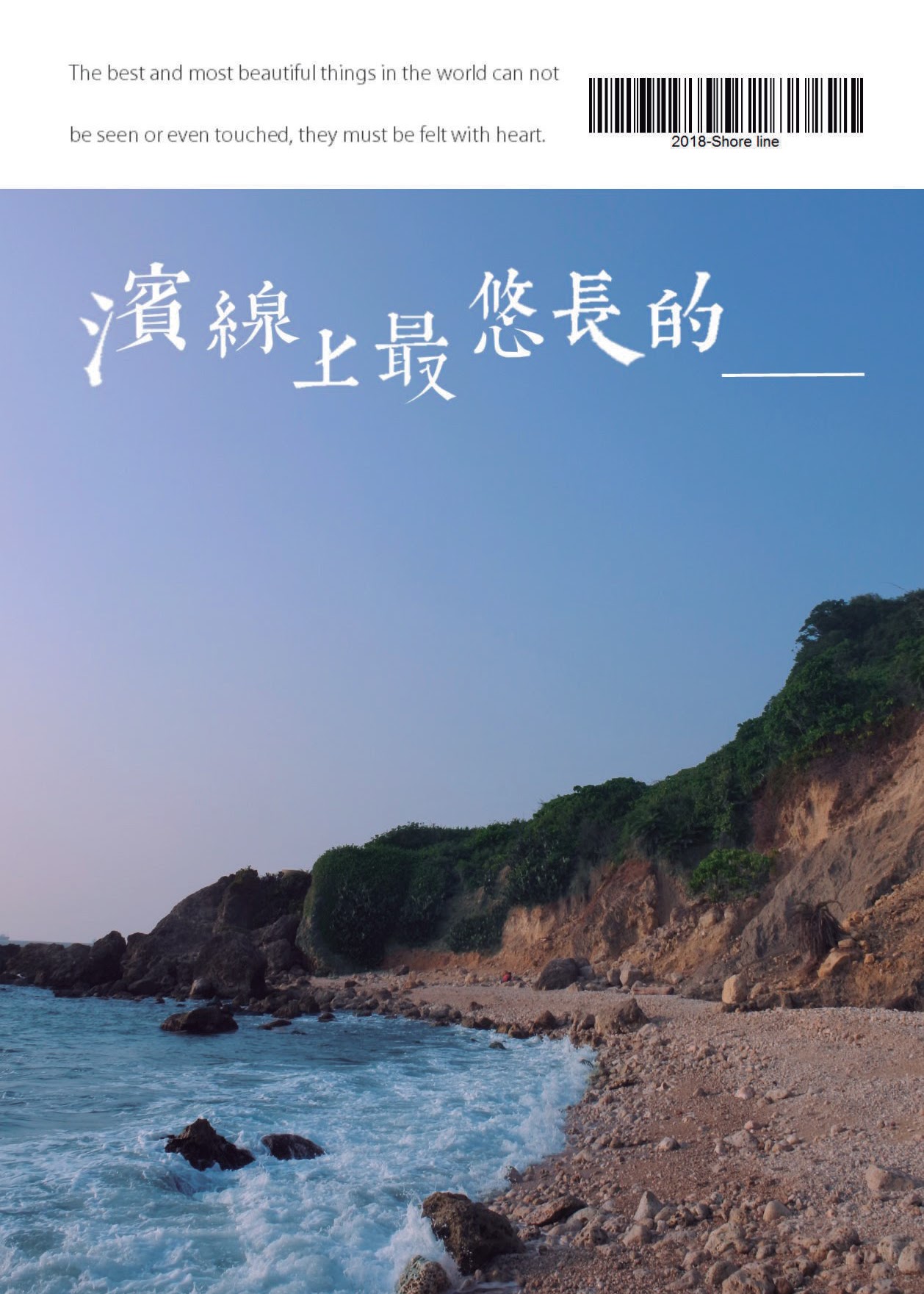
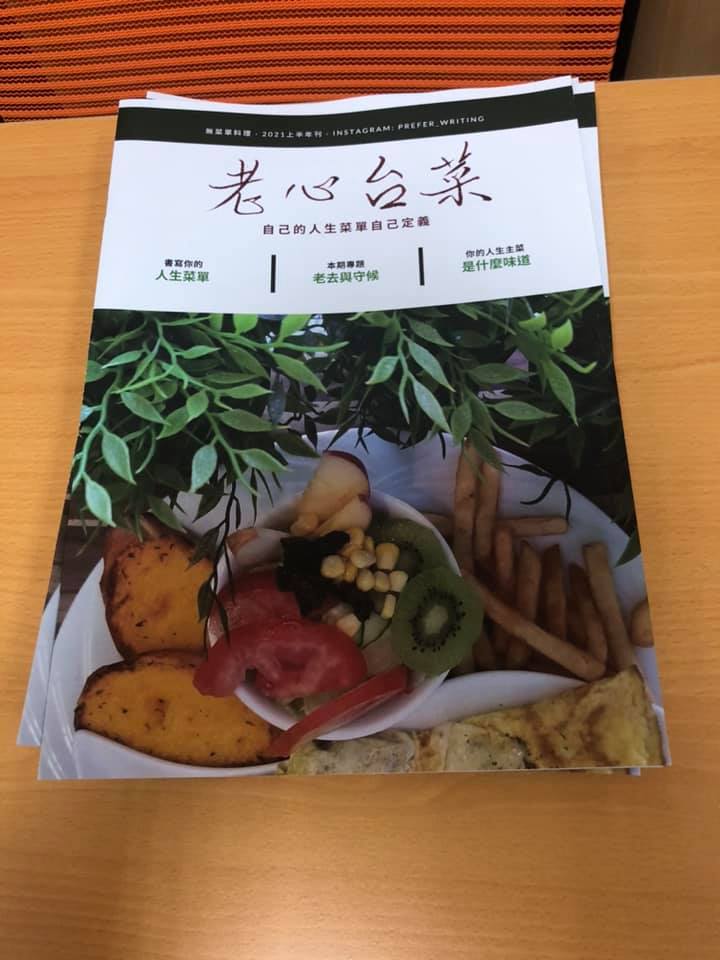
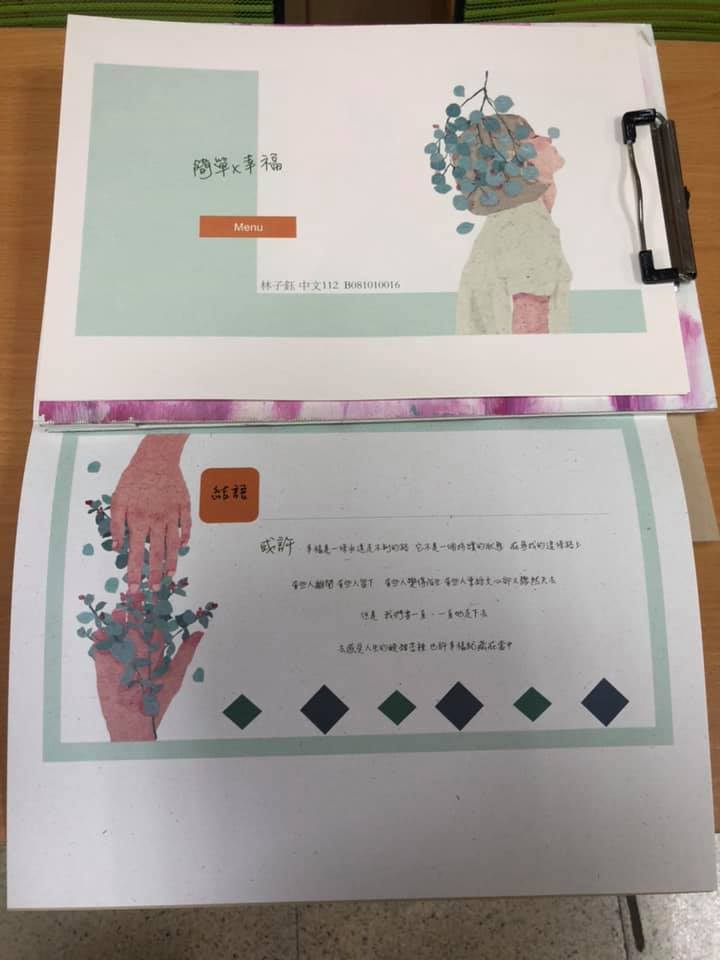
3. COLLECTION AND RECORDING OF SOUTHERN MIN FOLKTALES AND LITERATURE
The course aims to teach students to utilize the Taiwanese Hokkien phonetic transcription system to collect, record, and organize Taiwanese local culture and literature, helping students understand the Taiwanese Hokkien culture and the perspective of common people. Furthermore, through field survey, students can experience local culture and dedicate themselves to preserving Taiwanese Hokkien culture and literature.
The teaching subject is set in each semester. In 107 and 108 academic years, the course focused on the folk religions in Kaohsiung. Students visited different temples and observed the urban texture, community memory, and interaction between gods (ghosts) and people under folk religions. Furthermore, students combined local memories with creative practices to contribute to the community.
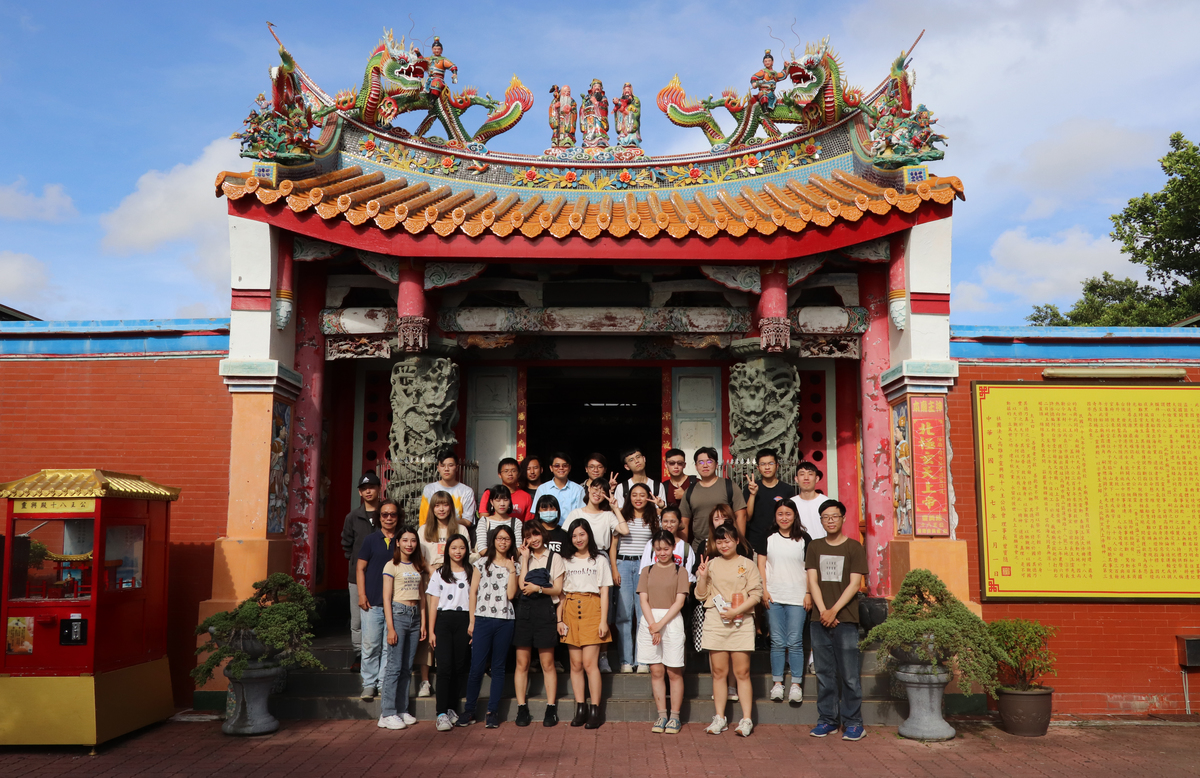
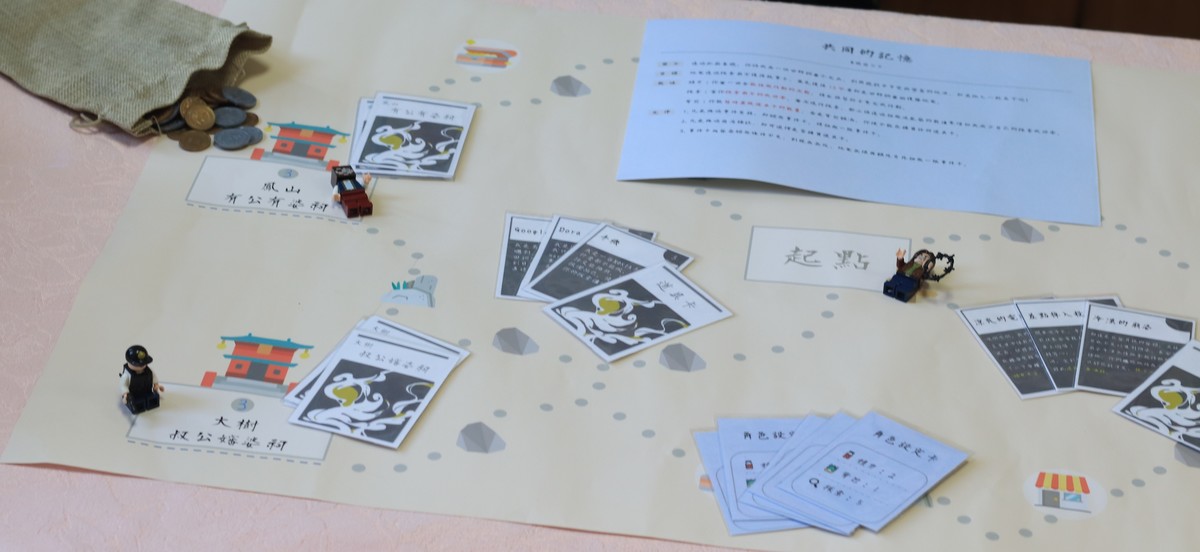
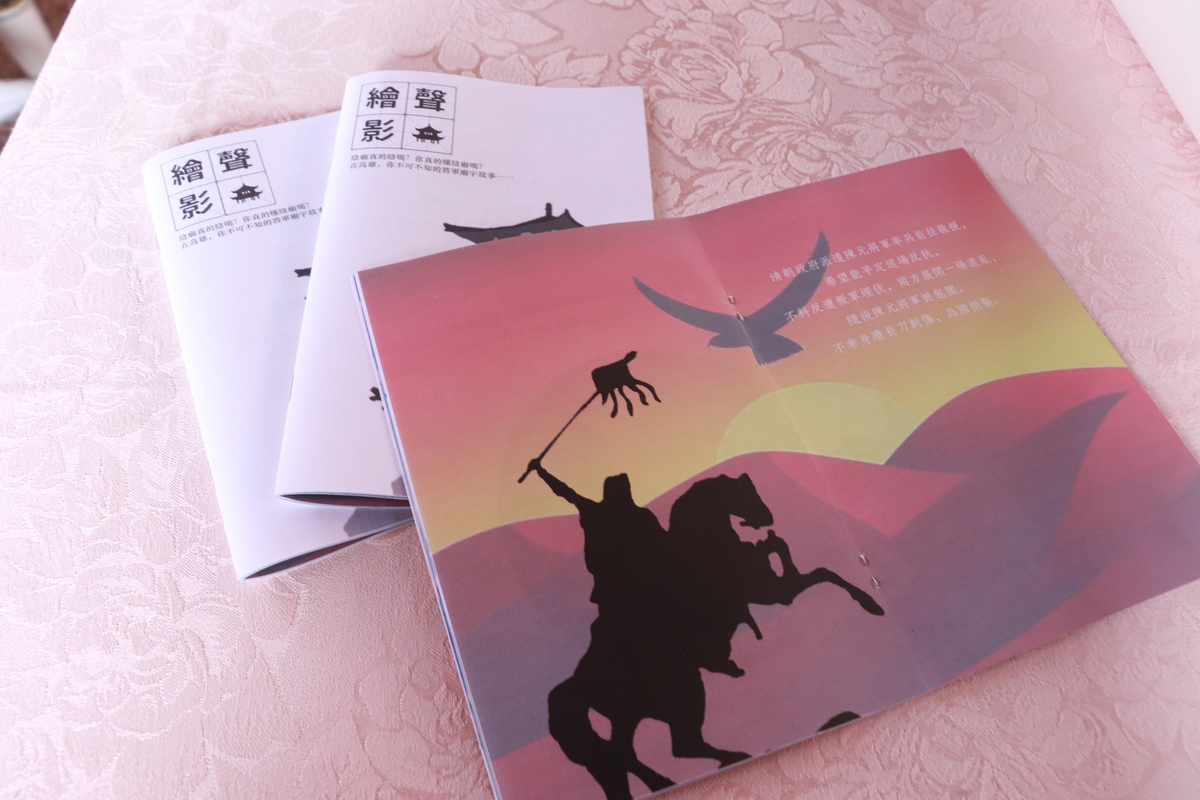
4. THE POETRY OF DU FU
The poetry of Du Fu belongs to the classical Chinese literature. As Italo Calvino (1923-1985) said, “a classic is a book that has never finished saying what it has to say.” This course begins with a close reading of Du Fu's poems, emphasizing the ups and downs of Du Fu’s life in chronological order. Then, students explore the diverse perspectives of Du Fu’s poems in different units, which helps them familiarize themselves with his life experiences and appreciate his poems.
Students will understand Du Fu's poetry through diversified teaching methods, so that the classics can be integrated into the modern life.
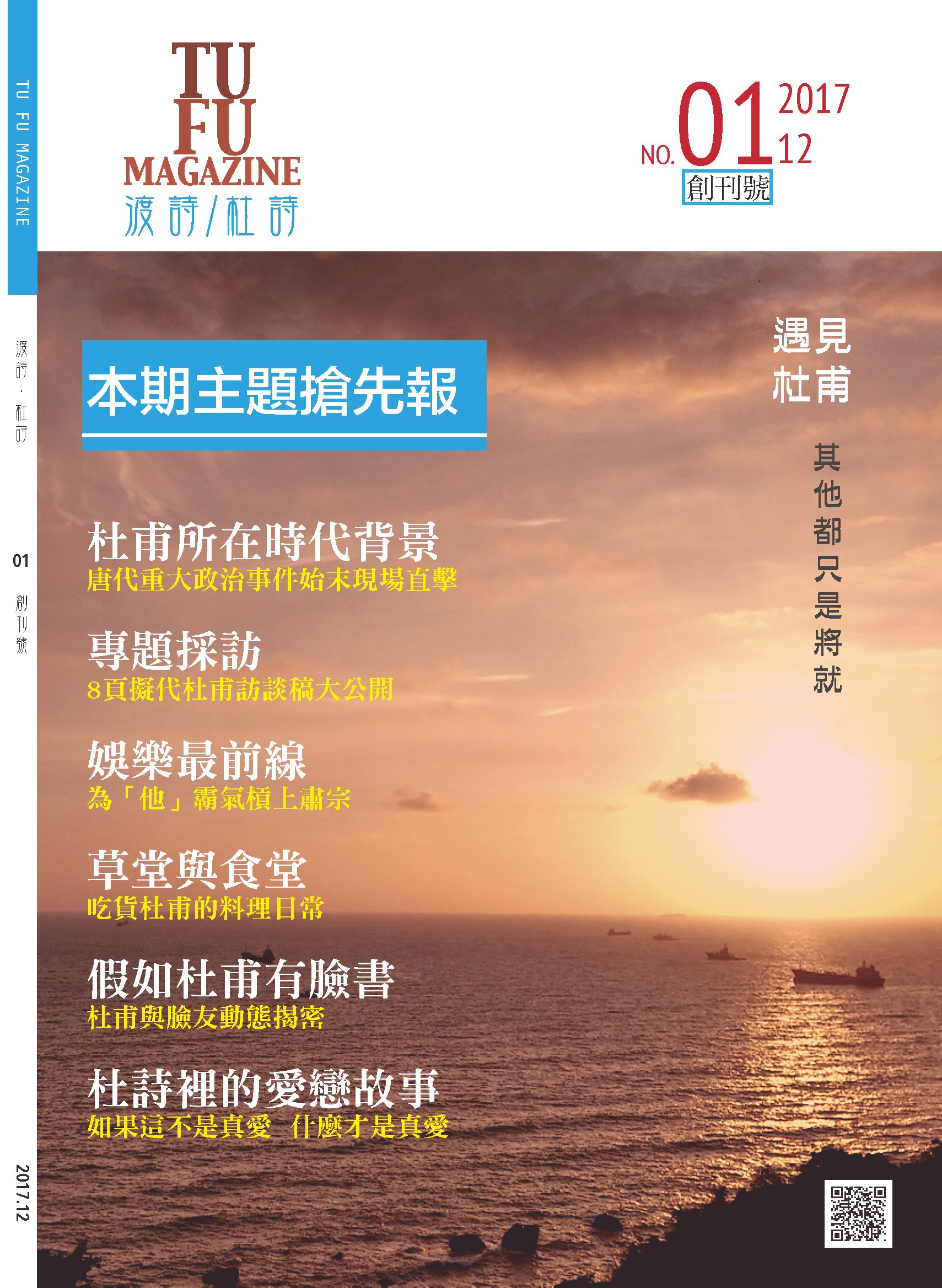
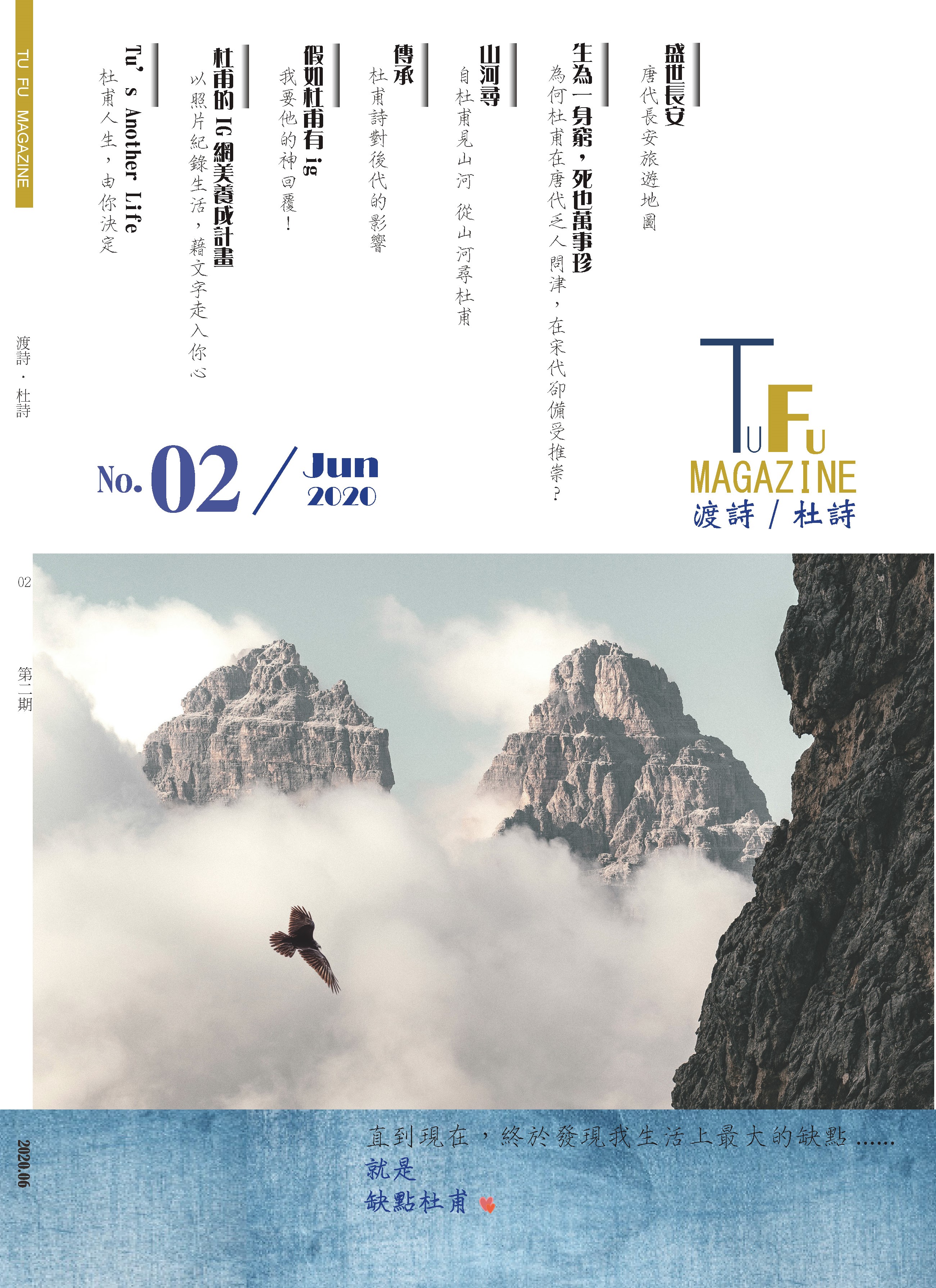
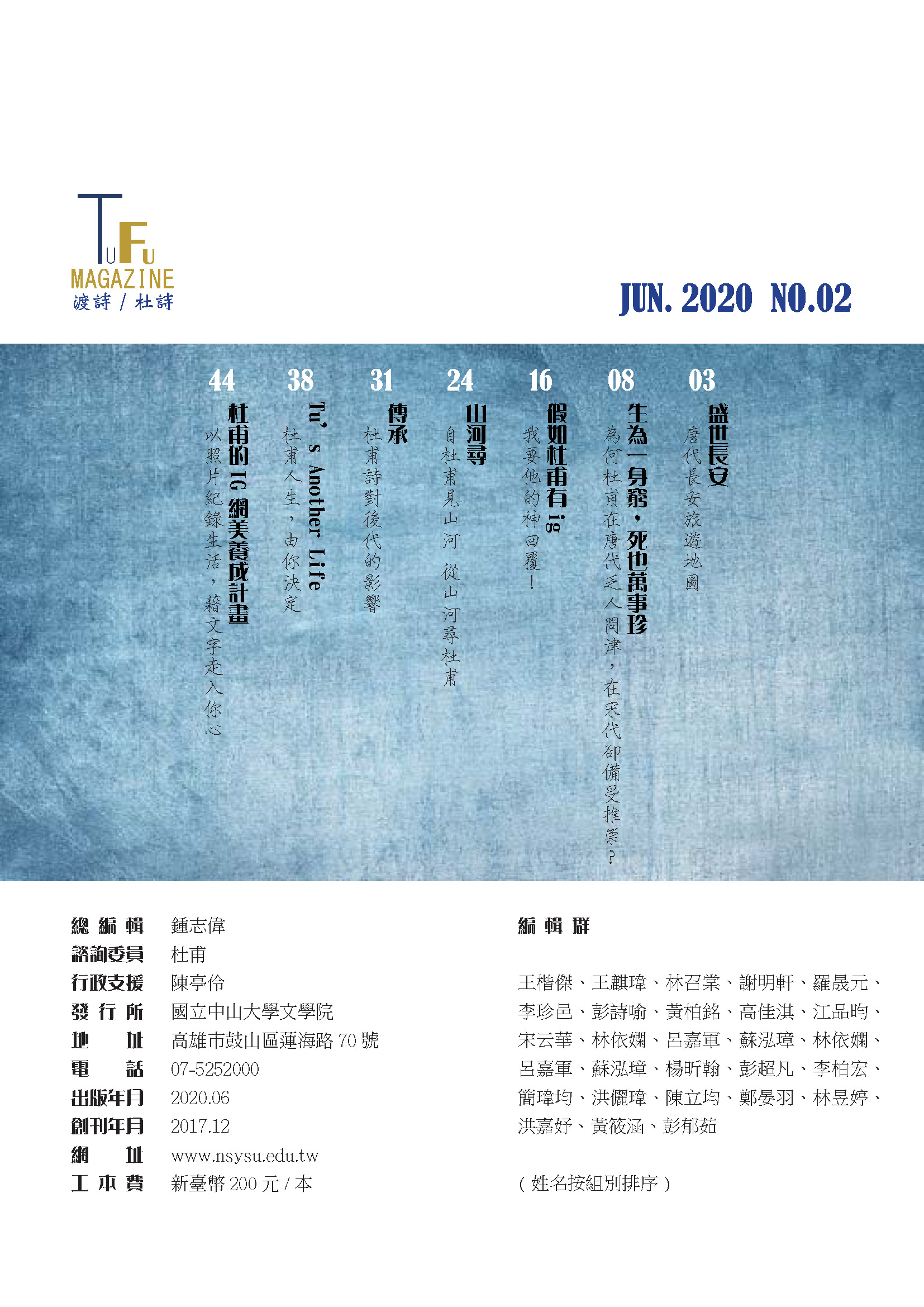
5. LOCAL NARRATIVE AND GAME PROGRAMMING
With guided tours, story writing, and game creation, this course will help students to understand local customs and to think about local issues. In addition, the course will trigger the cross-disciplinary conversations between the Liberal Arts education and science, hoping to enhance the digital literacy in the Liberal Arts, which will help students in future career applications.
This course is divided into four parts:
1. Field trips to local communities, collection of story materials and information through guided tours.
2. Based on their collected material, students write stories and make a thematic story map. Students are required to organize the materials and make a complete narrative game project.
3. Invite IT professionals to the class to teach students basic programming language concepts and methods, and to teach them how to use the digital game producing system.
4. By using the digital game producing system, students work in groups to implement narrative game projects into digital games.
